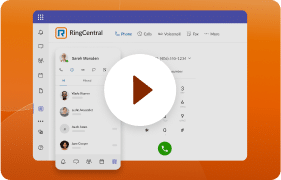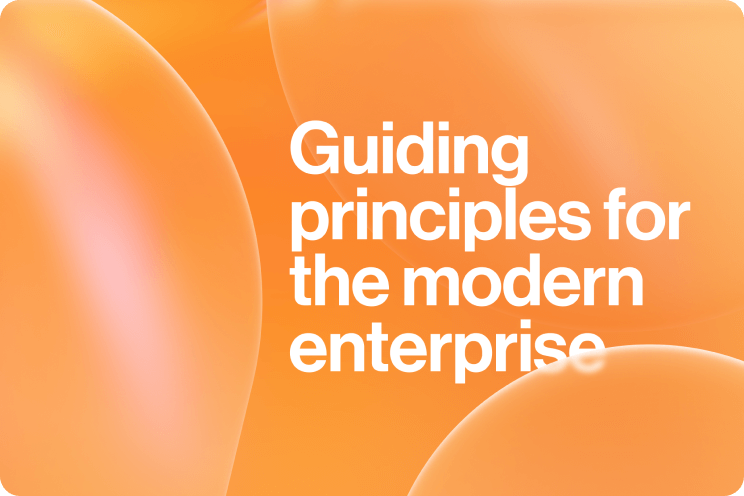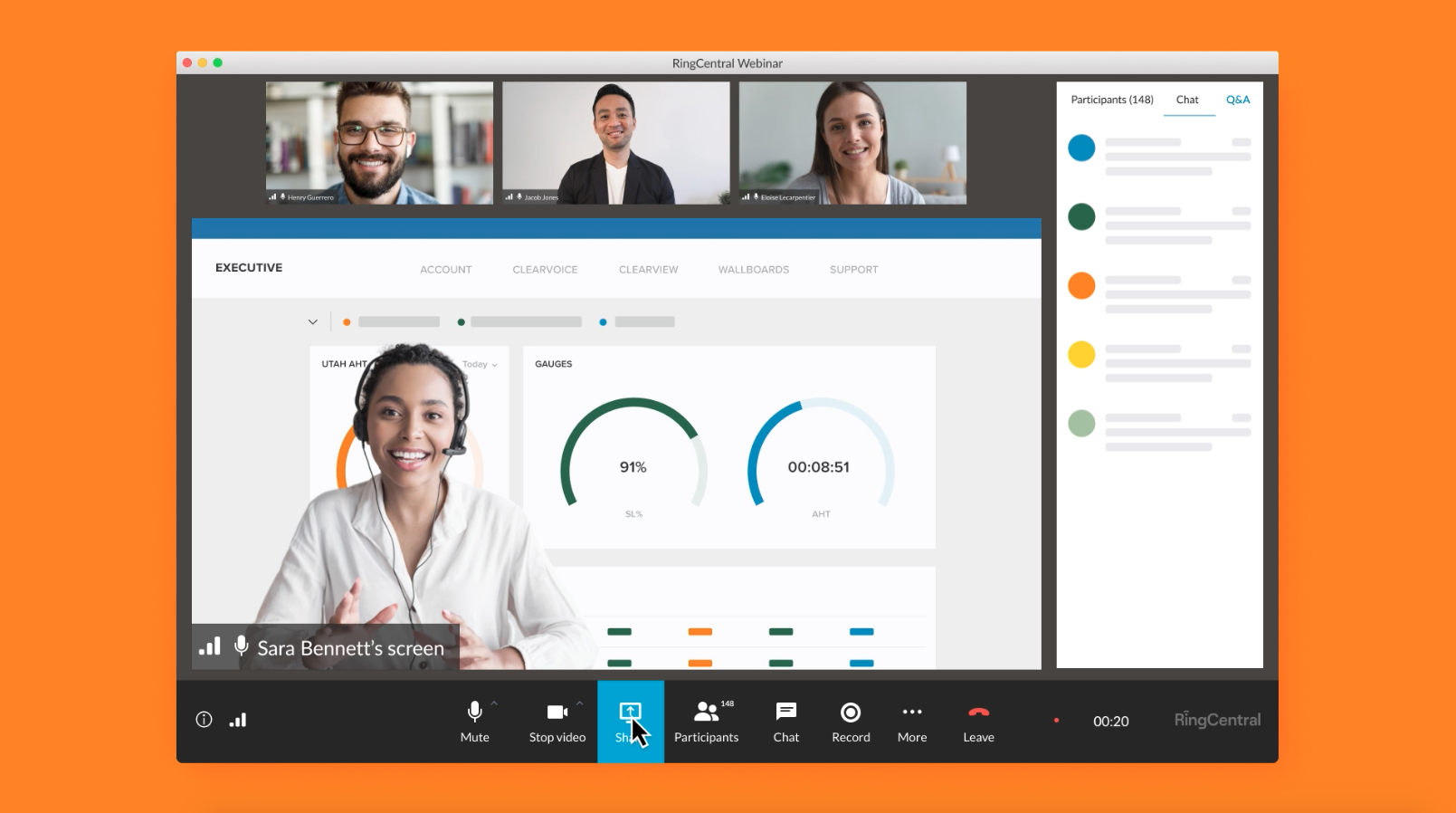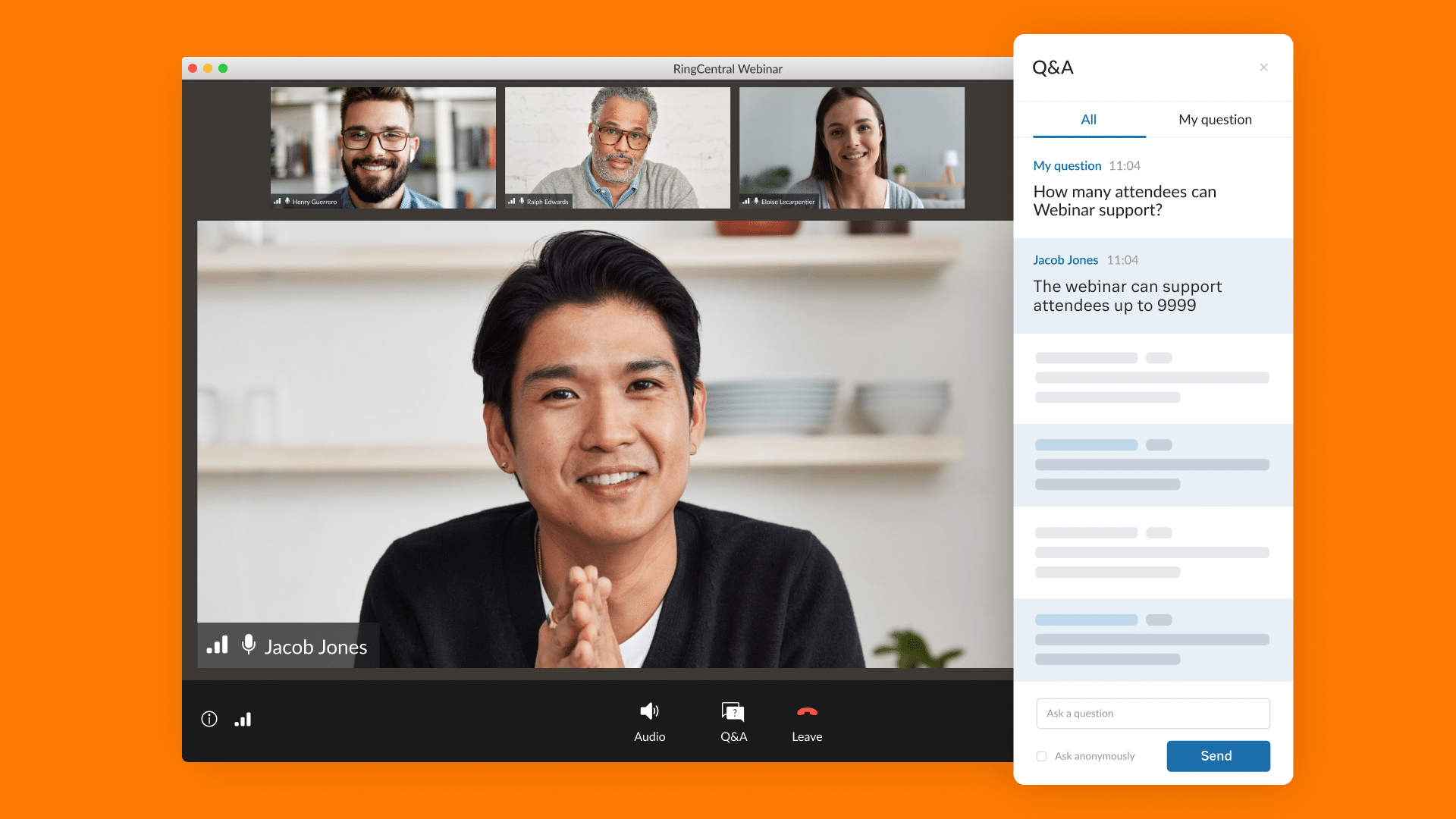Organizing a stellar event takes weeks, if not months of hard work.
To avoid last-minute stress, organizers have to consistently compartmentalize tasks, projects, and people, which means that the days prior to the event are all about ensuring that no stone goes unturned — everything from sponsorship to ordering the right amount of coffee.
Read on to follow our checklist that will help you ensure you are consistently on top of everything that needs to get done for your event.
How to use the template
Each section of the checklist takes into consideration a specific element of event planning — whether your event is virtual, in-person, or hybrid. All aspects are covered as needed, but you can customize them according to your type of event.
1. Initial setup
The initial setup is geared towards a virtual setting — making sure the platform is organized in a way that is specific to your event, theme, and goals.
This may include:
- Granting access to event areas for all those who need them
- Making sure times and schedules are correct
- Ensuring you and your team have proper communication set up
- And others
2. Registration
No matter the venue type or location, a smooth registration process is paramount. This template will help set all the requirements necessary for getting folks in the door (physical or virtual). Just a few things to consider would be: registration forms, waitlists, or physical badges.
3. Getting the venue ready
The events industry has evolved over the last two years — this means new processes in place within the industry that must be double checked. With the template, you can run through everything from health and safety protocols to whether or not attendees can create their own sessions on a virtual platform.
4. People aka attendees
What’s an event without people? The people section is designed for virtual event planners. It includes technical steps to make sure that all attendees can seamlessly join the webinar at the right time.
5. Sponsors
Let’s not forget about those sponsors — they are most likely the ones keeping the lights on, after all. Make sure that their booths and any marketing materials they may have are visible and easily accessible.
If they have a presentation to give, make sure they know when they have all relevant information about their time slot. And if your event is virtual, you may want to double-check that they can navigate the virtual platform before putting them in front of the webcam.
6. Get the word out with marketing
If a tree falls in the woods and no one hears it, did it really fall? If you put on the perfect event and no one knows about it, what was it all for? Make sure to include a marketing plan in your preparation. Go through all of the to-dos such as creating a social media campaign and a cadence of reminder emails. Find 24 event promotion ideas to really make your event stand out here.
7. Set a theme
Choosing your event theme is extremely important — it should be on brand with your company colors, send the right kind of message, and ultimately bring your event to life. You’ll want to check all of the technical aspects like custom CSS, as well as banners, decorations, and anything like that.
8. Advanced
This section is reserved for those using a virtual platform. Here, you can get into all of the nitty-gritty details and make sure all of the T’s are crossed and the I’s are dotted.
Call in the backup
This pre-event checklist was developed in part with our amazing Event Services team. They are well versed in what it takes to pull off every aspect of an event and ensure that it all goes off without a hitch. It always helps to have experienced event professionals in your corner. If you want to speak with one of our team members to see how we can make a personalized checklist for your next event, get in touch!
Originally published Sep 01, 2022, updated Mar 13, 2025











